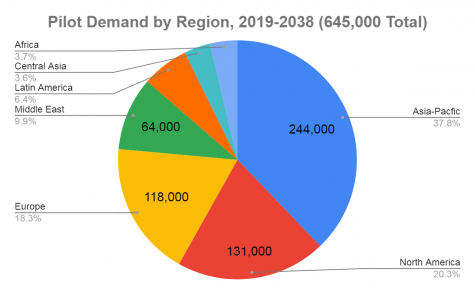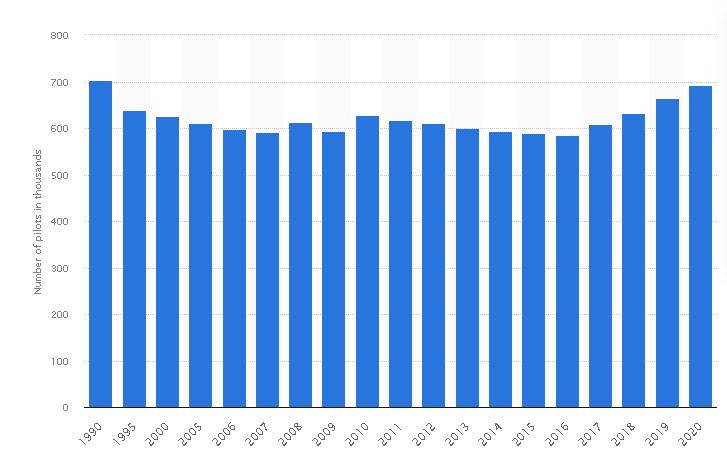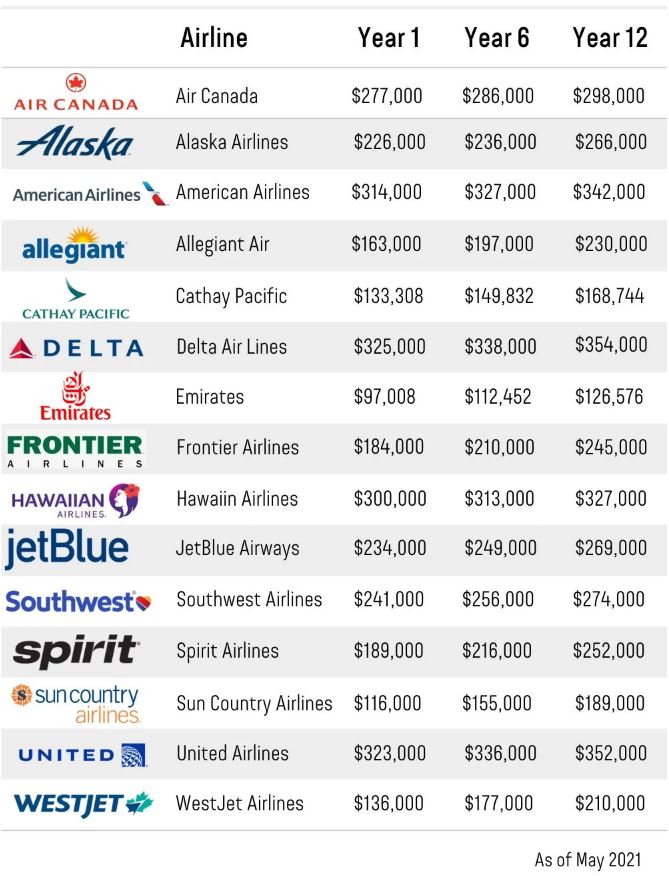If you’ve ever wanted to become a pilot and fly your own aircraft, here’s how to do it step by step. It’s not as easy as you might think, but it’s definitely possible to get started on the path to becoming an aviator if you’re willing to commit the time and energy necessary to becoming one of the pilots that fly the planes you ride in every day!

Step 1: Get Educated
To become a pilot you first need to get educated. Pilots need to have at least 250 hours of flying time in various conditions including day, night, and during inclement weather. Your flight instructor will give you a logbook and keep track of your hours for you. As long as you are 18 years old and meet the physical requirements for being a pilot, it is possible to learn how to fly an airplane by getting an online aviation degree or by taking courses offered by community colleges or universities. You can also receive ground school training from local aviation schools such as The Discovery Flight Training Center where they offer introductory courses on how planes work, FAA regulations, airspace maps, navigation charts, radio communications procedures and more. Once you’ve obtained your degree or finished all the required classes then it’s time to take the written test which includes questions about aerodynamics and principles of flight among other topics related to airplanes.

Step 2: Get Certified
Don’t forget, you’ll need a pilot’s license to fly an airplane. Becoming an airline pilot is an even more difficult task that requires many years of additional training. So it’s best not to become an airline pilot unless you are committed to the aviation industry. The first step in becoming a private pilot is earning your FAA student pilot certificate by passing the FAA written knowledge test (also known as the knowledge test) and, after completing their flight training, their solo cross-country flights and on-the-job training with their flight instructor.
Step 3: Obtain Your License
In order to get your license, you’ll need about 250 hours of flight experience. You must pass three tests in order: the written exam, which is given by the Federal Aviation Administration (FAA); a single-engine plane flight test; and the multi-engine plane flight test. Don’t worry – most of these are on video or DVD! Check out the FAA website for more information.

Step 4: Get Hired by an Airline
After obtaining the necessary pilot certification, the next step is applying for an airline job. You will need strong experience in the field of aviation in order to be eligible for these positions. Airlines are looking for pilots who have successfully completed flight training and attained commercial or military licenses, as well as logged several years as an experienced pilot with another organization. Some airlines also require first officers have an advanced degree in aviation before being hired.
Getting Hired by an Airline (Step 4) After obtaining the necessary pilot certification, the next step is applying for an airline job. You will need strong experience in the field of aviation in order to be eligible for these positions.
Step 5: Start Your Career
In order to become a pilot and fly airplanes, you must first complete the following steps: 1) Seek out volunteer opportunities that allow you to see what being an airline pilot is like. 2) Obtain a pilot certificate or instrument rating through an accredited aviation program. 3) Get your commercial pilot’s license by earning at least 250 hours of flight time with an FAA-approved flight school. 4) Apply for positions with airlines. 5) If accepted, complete other training required by the airline (such as courses on company policies). 6) Earn your multi-engine rating if desired. 7) Earning enough flight hours to gain seniority status before retirement age
